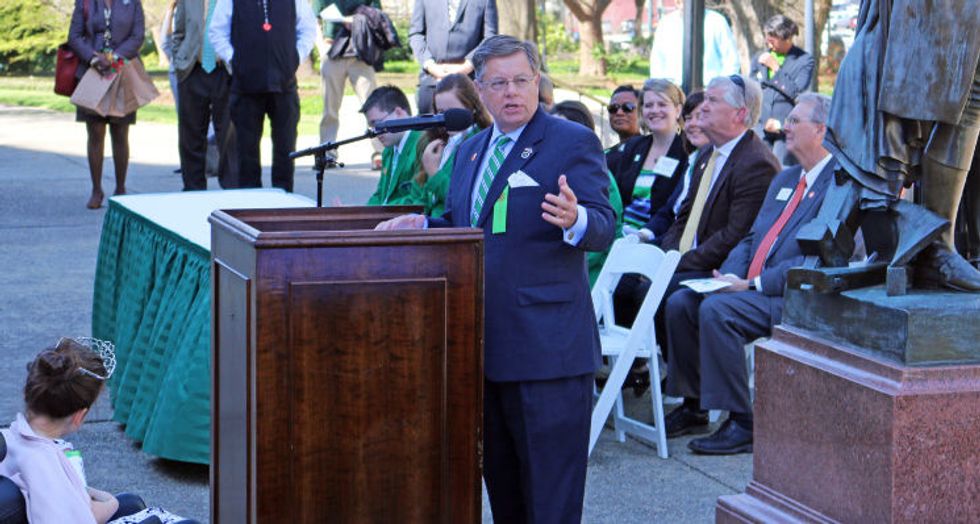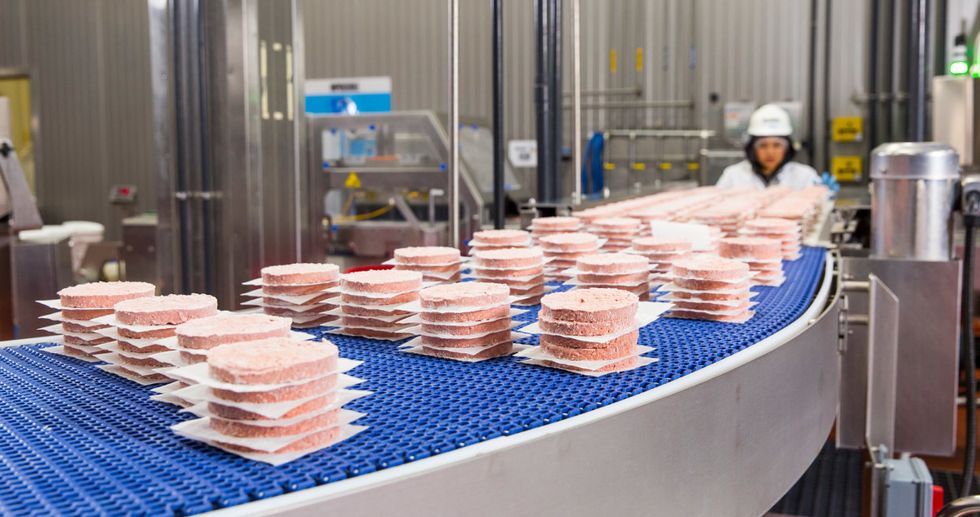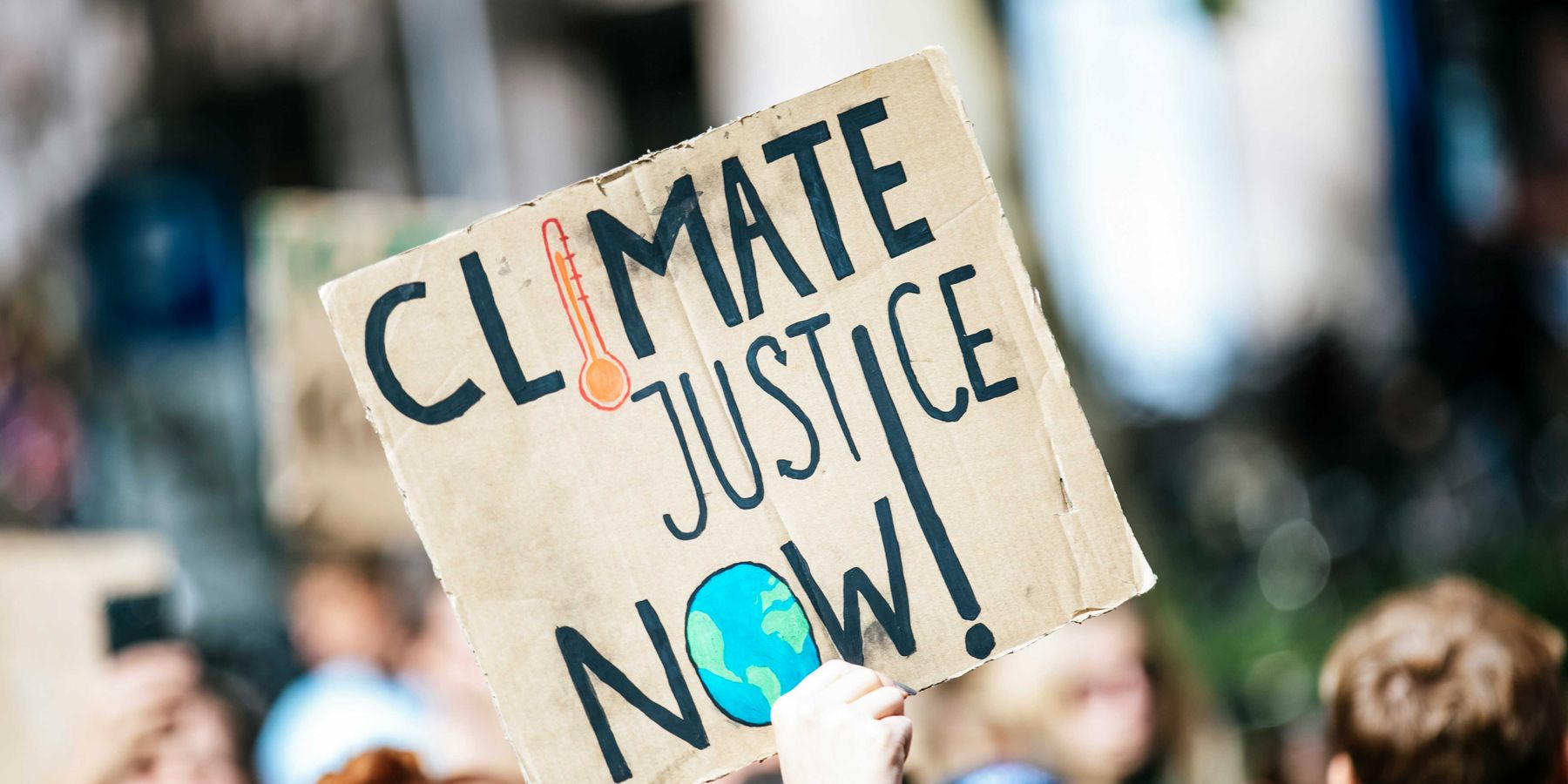
What’s in a name? Legislatures labor over lab meat label
As the plant-based and cell-cultured "meat" industry grows, policymakers are increasingly looking to influence labelling — which could shape consumer acceptance
Last Christmas, South Carolina State Representative Randy Ligon happened to read an article about cell-cultured meat. He asked his daughter, a biology graduate student, what she thought.
"She just said, 'you know, that sounds suspect,'" Ligon told EHN. "Of course, she went back to school and left me hanging with nothing but, 'yeah, you ought to look into that, Dad.'"
His interest soon turned into concern. Finally, last month, South Carolina Legislature unanimously passed a law to prevent cell-cultured meat from being marketed as meat. Ligon, a Republican and member of the S.C. Cattlemen's Association, sponsored the bill. He says the law protects consumers from deceptive advertising.
"We don't want a T-bone steak produced in a test tube to be mislabeled as angus beef," Ligon said.
South Carolina is just the latest: in August of last year, Missouri passed legislation defining meat as "an edible portion of livestock or poultry carcass or part thereof." Neither plant-based or cell-cultured alternatives, which are designed to replicate the sensory experience of animal meat, could be labeled as meat.
Following Missouri, 11 other states—Alabama, Arkansas, Kentucky, Louisiana, Mississippi, Montana, North Dakota, Oklahoma, South Dakota, South Carolina and Wyoming—passed laws to regulate labeling. An additional 18 states introduced bills that didn't pass.
Cell-cultured meat has yet to appear in grocery stores, but its arrival is highly anticipated. Proponents say it would require less land and emit fewer greenhouse gases compared to conventional animal agriculture. Cell-cultured meat would also eliminate the kind of animal suffering documented at large-scale, industrial farms. But producers are still figuring out a sustainable path forward for the nascent industry. Meanwhile, states are scrambling to regulate labeling—laws that will shape how new meat alternatives are introduced and subsequently accepted by consumers.
Some states, like Missouri, passed bills that affect more than just cell-cultured meat. A bill in Louisiana restricted labeling on a variety of foods—cauliflower rice can no longer be called rice, for example. A bill in Washington, which did not pass in April, would have outlawed cell-cultured meat entirely.
The feds are getting involved as well. In March, the U.S. Department of Agriculture and the Food and Drug Administration announced an agreement to regulate cell-cultured meat. In the future, if the federal government regulates labeling, its authority would supersede states.
In the meantime, certain legislatures want to "send out a message to Washington," Matt Ball from the Good Food Institute, a nonprofit that promotes plant-based foods as well as cell-cultured meat, told EHN.
"But this is a growing industry, with opportunities for people and companies."
Cells, plants and skepticism

SC state Rep. Randy Ligon addresses a crowd on South Carolina 4-H Legislative Day at the State House. (Credit: Clemson University)
For now, producing cell-cultured meat at a commercial scale is hypothetical. In some imagined systems, animal stem cells grow in barrel-shaped tanks called bioreactors. In order to grow, the cells "feed" on a growth medium, made from crops or cyanobacteria.
The medium would also include vitamins and animal growth factors, which are proteins and hormones that prompt the cells to multiply. Genetically modified E. coli can produce animal growth factors, which sidesteps the need to harvest growth factors from animals.
"From a historical perspective, cell-cultured meat relied on meat to grow," Christy Spackman, an assistant professor at Arizona State University, told EHN. Spackman studies the impact of technologies used to shape the sensory experiences of smell and taste. "No matter what, you know there's an entire system. You still have to grow whatever it is that's going to provide the nutrients for those cells," she said.
Many companies are developing products similar to chicken nuggets or ground beef, since most cell-cultured meat lacks the structural complexity of an actual piece of muscle, with some exceptions. Aleph Farms, based in Israel, is developing meat with blood and fat cells in hopes of creating a more believable texture.
Other companies have opted to develop products using plant proteins. The Impossible Burger, a plant-based patty that debuted in 2016, is known for its fleshy appearance. The secret is heme, a molecule extracted from soy that makes the burger appear to "bleed."

Impossible Burger plant in Oakland, California. (Credit: Impossible Foods)
But even a lump of animals cells can share properties with conventional beef or seafood. A person with a shellfish allergy, for example, would have an allergic reaction to cultured shellfish cells.
"If you look under the microscope, it's the same as conventional meat from an animal in every way that's relevant to a consumer," Chris Bryant, a PhD student at the University of Bath, told EHN. Bryant studies consumer acceptance of cell-cultured meat.
In February, at an annual meeting in New Orleans, the National Cattlemen's Beef Association (NCBA) established "fake meat" as one of their top policy priorities.
"I'm on the [Agriculture] committee and the state house. We're all about promoting our South Carolina farmers," said Ligon, who's also an auctioneer working with farmers and owns cows of his own.
Ligon maintains the law is to protect consumers. "It is a cultured protein and we don't want to confuse it with beef as we know it," he said.
He also compares cell-cultured meats to plant-based milk. Two decades ago, when almond milk rose from health-food obscurity to modest popularity, "[the dairy industry] did not take it seriously," Ligon said. "they thought it was a fad that would pass and nobody would ever buy it thinking it's milk."
"Now they have lost about 13 or 14 percent market share," he added.
Representatives from other states echo a similar sentiment. Senator Sandy Crawford, who sponsored the original Missouri bill, told the livestock publication Drovers, "we wanted to protect our cattlemen in Missouri and protect our beef brand."
"All we're trying to do is basically just protect our meat industry," said Missouri State Representative Jeff Knight at a Senate hearing.
Ball from the Good Food Institute said the NCBA and state Cattlemen's Associations drove the introduction of every labeling bill.
"It's very transparently protectionism," Ball told EHN. "The cattle industry focused on Missouri and they were successful. This really inspired a lot of other states."
Opportunity to cut emissions
For companies like Aleph, replicating meat is simply a means to an end. Cell-cultured meats are touted as a way to reduce the sizable carbon footprint of animal agriculture. According to the USDA, 63 pounds of chicken and 53 pounds of beef were available for each American to consume in 2016. In 2014, farming in the United States produced the equivalent of 574 million tons of carbon dioxide, or 8 percent of the country's total emissions.
Life-cycle analyses, which can be used to compare the carbon emissions of cultured-lab meat to conventional animal agriculture, show that cell-cultured meat could be more efficient than conventional agriculture.
"You don't have to grow brains and blood and bones and the like," Ball said. "You can just grow the meat you want, directly from the inputs."
But not all analyses paint a rosy picture. In a 2019 study from the University of Oxford, researchers compared the footprints of several hypothetical cultured-meat systems to conventional beef production. They concluded that in certain scenarios, cell-cultured meat would produce more long-term warming compared to conventional agriculture, since cell-cultured meat emissions are almost entirely carbon dioxide from energy production. In contrast, methane from real cows dissipates more quickly.
"It becomes a question of how quickly we can decarbonize [energy production]," John Lynch, a postdoctoral researcher and first author of the study, told EHN.
To make cell-cultured meat production more environmentally friendly, it's possible to pair meat production facilities with a nearby renewable energy source, Ball said. Tofurky, for example, produces its faux (plant-based) turkey in a facility next to the Columbia River in Oregon, using hydropower to fuel its operations.
But these scenarios are still largely hypothetical. As Spackman points out, it's difficult to predict all the components of cultured meat production. It takes energy to maintain the appropriate temperature for growing, to run computers that handle growing conditions. "Imagining [cell-cultured meat] as an environmental cure fails to acknowledge that there are these really intense, widespread systems of productions," she said.
Aside from carbon emissions, cell-cultured meat holds one clear advantage. "If we did have a huge reduction in livestock numbers, then we could potentially be freeing up a lot of that land to consider for other uses," Lynch said.
Labelling limbo
While cell-cultured meat has yet to be produced on a large scale, preliminary research shows people have mixed feelings.
The number can fluctuate depending on words used to describe cell-cultured meat. People tend to have more positive associations with the term "clean meat," while "lab-grown meat" holds negative connotations.
In short, labeling matters. But what happens if it can't be called "meat" at all?
"Meat is a term that consumers understand. They understand what to do with it, what it will taste like, and how to use it in their kitchen," Ball said.
Nobody has formally studied consumers' reactions to cell-cultured meat if it had to be called something else, Bryant said. "I think we can be fairly sure that would make the product less appealing to consumers on average."
However, Bryant remains open to the possibilities. "There will be a number of factors in the long-term that will start to chip away at the impetus to suppress these kinds of technologies."
Back in South Carolina, Ligon somewhat agrees. "I'm sure developing protein this way will feed the world someday, maybe," he said.
"We just want to be sure the consumer knows this didn't come from the local farmer down the street."













